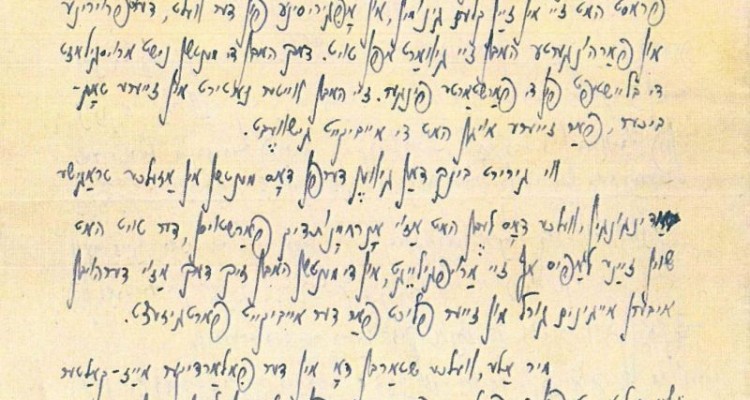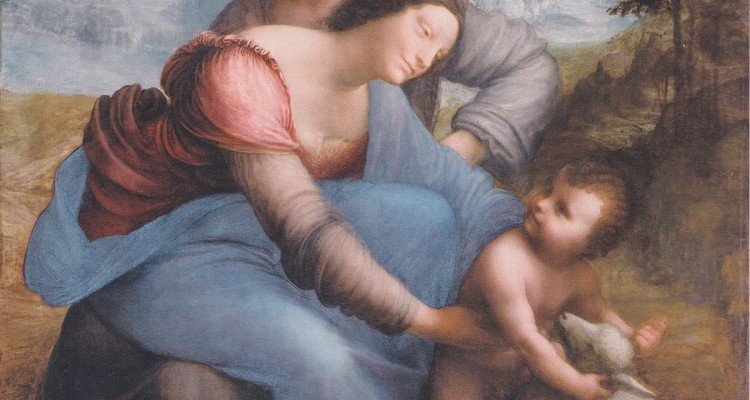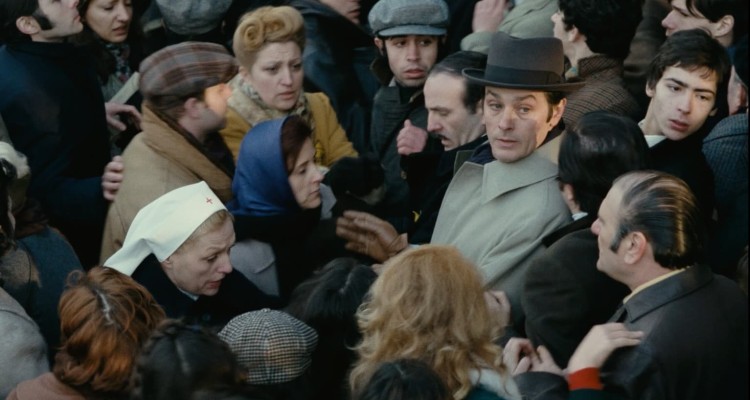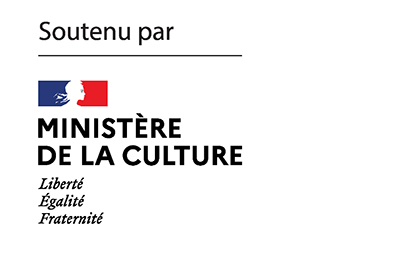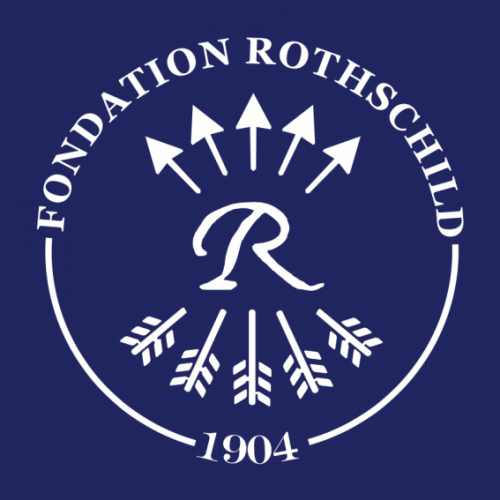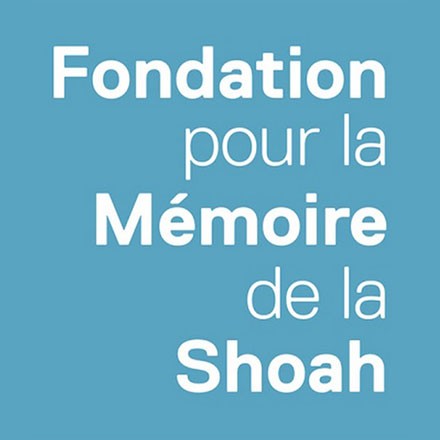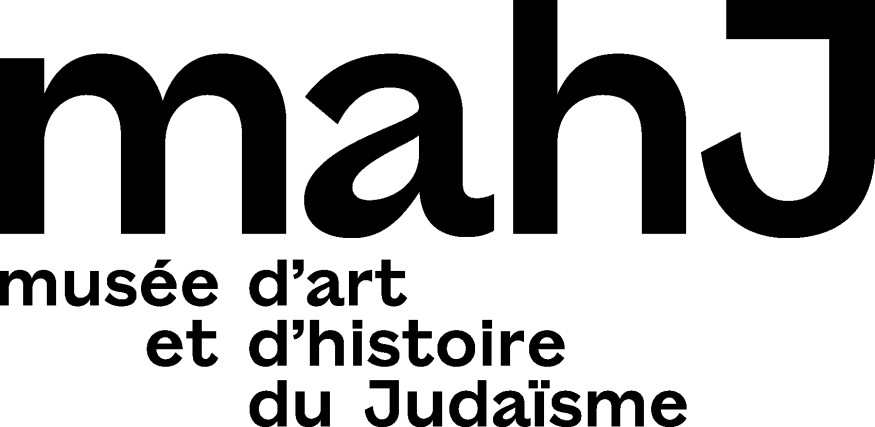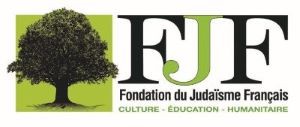It is an outstanding document in yiddish that the collective book “Traces de vie à Auschwitz. Un manuscrit clandestin” – coordinated by Philippe Mesnard and recently published in France by Éditions du Bord de l’eau – brings it out of its memorial shadow and invites us to discover it. It is outstanding because it is the fragile remnant, in the form of its sole Introduction, of an editorial project begun in Auschwitz by Jewish deportees who, seeing their destruction in progress, thought of an anthology of testimonies for the future. It is outstanding because the anthology was designed to bring together “all sorts of texts and traces of life, of life, as it says, in Auschwitz […]; clandestine texts whose very nature expresses the desire to go beyond the annihilation to which the Nazi concentration camp system condemned the Jews”, as Philippe Mesnard writes in his preface. Lastly, it is outstanding because it is written, from the time of the awareness of the radical destruction, with the bitter and painful irony of those who already criticize with lucidity, at the very heart of the event, a memorial reception that they anticipate: “All of us who are dying here in the polar ice-cold indifference of the nations, forgotten by world and life, still feel a need to leave something for eternity, if not perfectly complete documents, then at least scraps of them, showing how we, the living dead, thought and felt, believed and talked. On the graves where we are thrown while still alive, the world dances its demonic dance and stamps out with their feet our groans and cries for help. Once we are finally smothered, they will begin to dig us up. When all that remains of us then will be our ashes, scattered over seven seas, every cultivated and respectable person will hold it as his duty to pity and to eulogize us. Our shadows will appear on stages or screens and kindhearted ladies will wipe their eyes with perfumed handkerchiefs and mourn for us: Ah, poor unfortunates!” In the past, the indifference of ongoing history and in the present, the mournful pathos of an institutionalized reception? For these reasons, we are happy to publish this week in K. excerpts from the Introduction to the “Collection Auschwitz”, as well as David Suchoff’s precursory study of it, and we thank Philippe Mesnard and Éditions du bord de l’eau for giving us the opportunity.
Freud and his two mothers? Last week, the first part of Joel Whitebook’s text evoked Amalia, the biological mother, idealized and retained in Freudian mythology as loving, but who was above all depressed, suffering from the “dead mother syndrome”. The continuation of the essay on “Freud’s two mothers” now introduces the figure of the Kinderfrau, the Czech Catholic nanny who looked after Schlomo Sigismund for the first two years of his life, the substitute who played a considerable role in the childhood of the founder of psychoanalysis. He spoke of the woman who dragged him to the Catholic churches of Vienna and lectured him about ‘God Almighty and Hell’ as the one who provided him with ‘the means to live and to go on living…’ With this double portrait completed, Whitebook reflects on the indirect influence of Freud’s relationship to his mothers in psychoanalytic theory.
Since the Cannes Film Festival is in full swing, we decided to put Jean-Baptiste Thoret’s text on Monsieur Klein back on the front page. The world premiere of Joseph Losey’s masterpiece took place at the 1976 festival, where it failed to win any awards. 1976 was the year of Taxi Driver, Cria cuervos and The Marquise of O… by José Luis Gomez, who won the award for best actor, and not Monsieur Klein, nor Alain Delon, although he was brilliant in what remains one of his most beautiful roles. Robert Klein provides one of the most powerful figures, both Jewish and non-Jewish, of a character lost in the doubt that constitutes his identity. As Jean-Baptiste Thoret writes: “All identity, Klein tells us, is a doubtful case. In the first part, Klein struggles to find proof that he is a non-Jew, but little by little, the boundary between him and the other teeters, falters, even flirts with the territories of the fantastic and the absurd. Not only does the film’s script construct a forced identification between Klein and his Jewish namesake (…) The final gesture of the character, suicidal in many ways, is that of a man who literally projects himself inside an identity that has been imposed on him and that he chooses, in the end and against all odds, to embrace”. The story of a metamorphosis to the point of death.
